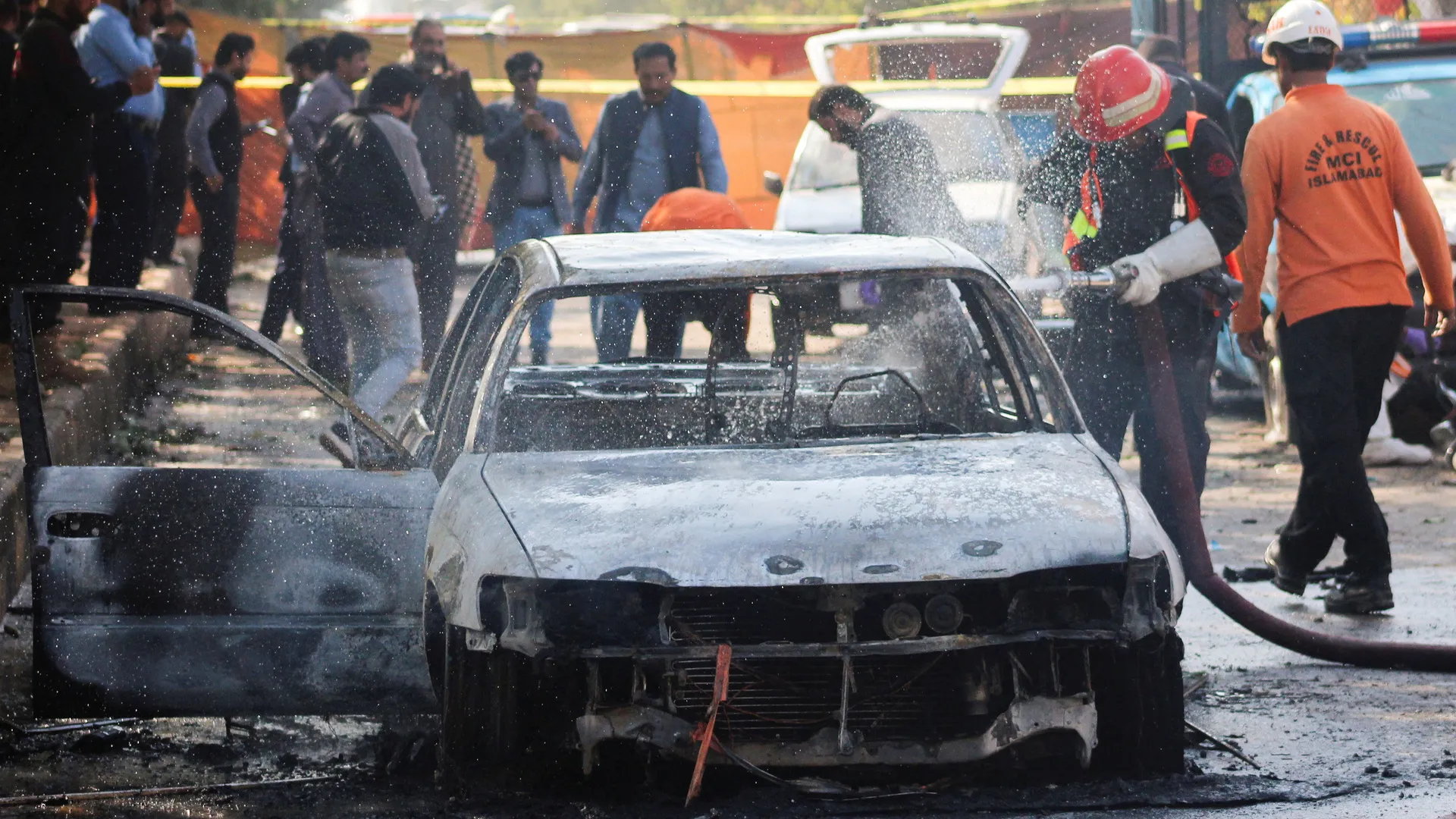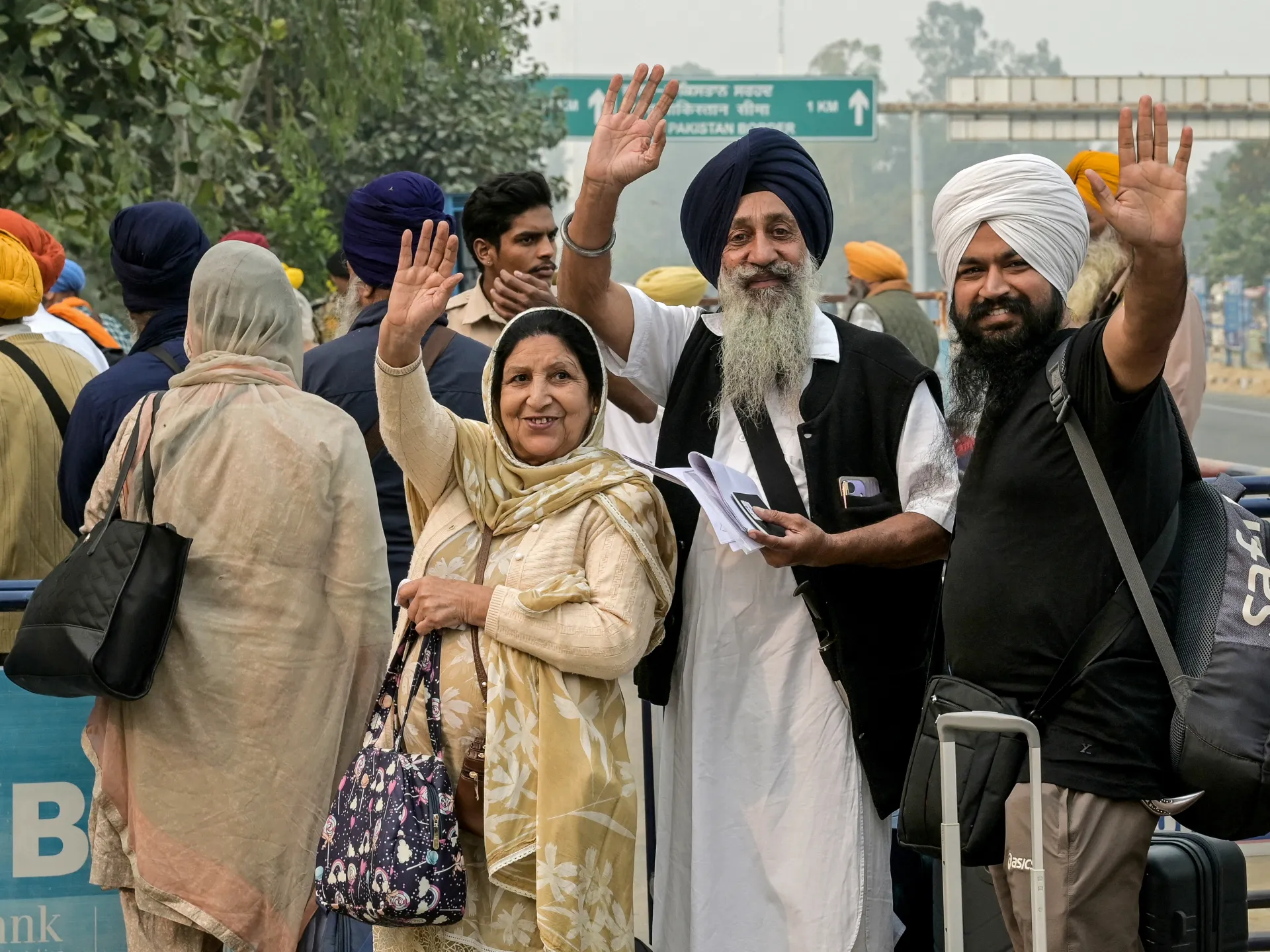Published On 5 Nov 20255 Nov 2025
Pakistan has welcomed Sikh pilgrims from India in the first major crossing since their deadly conflict in May closed the land border between the nuclear-armed neighbours.
More than 2,100 pilgrims were granted visas to attend a 10-day festival marking 556 years since the birth of Guru Nanak, founder of the Sikh faith, a decision that was in line with efforts to promote “interreligious and intercultural harmony and understanding”, Pakistan’s high commission in New Delhi said last week.
In May, Islamabad and New Delhi engaged in their worst fighting since 1999, leaving more than 70 people dead. The Wagah-Attari border, the only active land crossing between the two countries, was closed to general traffic after the violence.
On Wednesday, the pilgrims will gather at Nankana Sahib, Guru Nanak’s birthplace west of Lahore, before visiting other sacred sites in Pakistan, including Kartarpur, where the guru is buried.
The Kartarpur Corridor, a visa-free route opened in 2019 to allow Indian Sikhs to visit the temple without crossing the main border, has remained closed since the conflict.
Four days of conflict erupted in May after New Delhi accused Islamabad of backing a deadly attack on tourists in Indian-administered Kashmir, allegations Pakistan denied.
Sikhism is a monotheistic religion founded in the 15th century in Punjab, a region spanning parts of present-day India and Pakistan. While most Sikhs migrated to India during partition, some of their most revered places of worship are in Pakistan.
Source link

